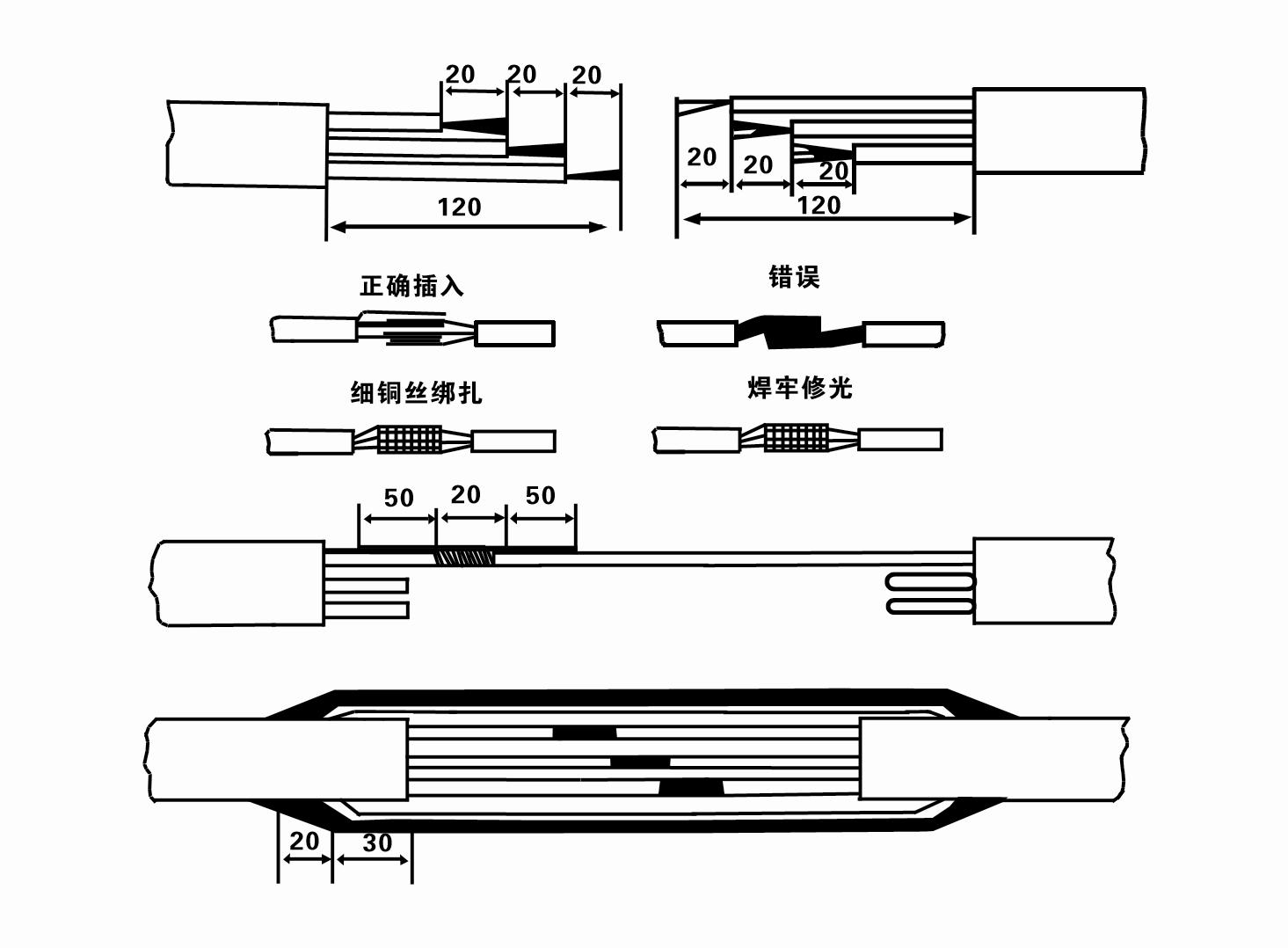Aug . 15, 2024 19:04 Back to list
Exploring the Efficiency and Applications of Deep Well Pumps in Modern Water Supply Systems
Understanding Deep Well Pumps A Comprehensive Overview
Deep well pumps play a crucial role in various industries, particularly in agriculture, municipal water supply, and industrial applications. As the name implies, these pumps are designed to extract water from deep underground sources, often reaching depths of several hundred feet. This article explores the types, functioning, advantages, and considerations associated with deep well pumps.
Types of Deep Well Pumps
There are primarily two types of deep well pumps submersible pumps and vertical turbine pumps.
1. Submersible Pumps These pumps are placed below the water level and are designed to work submerged. They consist of a hermetically sealed motor attached to one or more impellers that propel the water upwards through a discharge pipe. Submersible pumps are highly efficient and are widely used in residential wells, irrigation systems, and in some industrial setups.
2. Vertical Turbine Pumps These pumps, also known as line-shaft turbine pumps, are often used for larger applications. They have a motor located above the ground, connected to the pump through a long shaft. As the motor operates, it turns the impellers located underwater, sucking water up through the vertical shaft. This type is ideal for high-capacity needs, such as in municipal water supply systems or large agricultural operations.
How Deep Well Pumps Work
The operation of deep well pumps involves several steps. In the case of submersible pumps, the process begins with the motor powering the impellers, which create a flow of water. As the impellers spin, they create a low-pressure area that draws additional water into the pump. Once the water enters the pump, it is forced through a series of increasingly smaller impellers, which increase its pressure until it reaches the surface.
For vertical turbine pumps, the operation is similar but occurs over a longer distance, as the motor must turn the shaft, which in turn activates the impellers beneath the water surface. The efficiency of both types generally depends on the depth of the water source and the design of the pump.
deep well well pump

Advantages of Deep Well Pumps
Deep well pumps offer numerous benefits. One of the most significant advantages is their ability to access groundwater sources that are otherwise unreachable with surface pumps. This makes them invaluable in arid regions where surface water is scarce.
Additionally, deep well pumps are often more efficient than shallow pumps, especially in applications requiring a high volume of water. They can also run continuously without overheating, provided they are properly maintained. Moreover, advancements in pump technology have led to increased energy efficiency, reducing operational costs for users.
Considerations for Installation and Maintenance
While deep well pumps are highly effective, there are several considerations to keep in mind during installation. The depth of the well, the type of soil, and the flow rate of the water are all critical factors that influence the choice of pump. Engaging with a professional to assess these parameters is advisable to ensure that the selected pump meets the specific needs of the user.
Regular maintenance is also essential to prolong the lifespan of deep well pumps. This includes checking for wear and tear, ensuring that electrical components are functioning correctly, and clearing any potential clogs in the discharge line. Neglecting maintenance can lead to inefficiencies and potentially costly repairs.
Conclusion
Deep well pumps are indispensable tools for accessing groundwater, serving vital needs across various sectors. By understanding the types, functionalities, advantages, and maintenance requirements of these pumps, users can make informed decisions that ensure a reliable water supply for their needs. Whether for agricultural irrigation or municipal water supply, deep well pumps remain a cornerstone of modern water management systems.
-
Submersible Water Pump: The Efficient 'Power Pioneer' of the Underwater World
NewsJul.01,2025
-
Submersible Pond Pump: The Hidden Guardian of Water Landscape Ecology
NewsJul.01,2025
-
Stainless Well Pump: A Reliable and Durable Pumping Main Force
NewsJul.01,2025
-
Stainless Steel Submersible Pump: An Efficient and Versatile Tool for Underwater Operations
NewsJul.01,2025
-
Deep Well Submersible Pump: An Efficient 'Sucker' of Groundwater Sources
NewsJul.01,2025
-
Deep Water Well Pump: An Efficient 'Sucker' of Groundwater Sources
NewsJul.01,2025
-
 Submersible Water Pump: The Efficient 'Power Pioneer' of the Underwater WorldIn the field of hydraulic equipment, the Submersible Water Pump has become the core equipment for underwater operations and water resource transportation due to its unique design and excellent performance.Detail
Submersible Water Pump: The Efficient 'Power Pioneer' of the Underwater WorldIn the field of hydraulic equipment, the Submersible Water Pump has become the core equipment for underwater operations and water resource transportation due to its unique design and excellent performance.Detail -
 Submersible Pond Pump: The Hidden Guardian of Water Landscape EcologyIn courtyard landscapes, ecological ponds, and even small-scale water conservancy projects, there is a silent yet indispensable equipment - the Submersible Pond Pump.Detail
Submersible Pond Pump: The Hidden Guardian of Water Landscape EcologyIn courtyard landscapes, ecological ponds, and even small-scale water conservancy projects, there is a silent yet indispensable equipment - the Submersible Pond Pump.Detail -
 Stainless Well Pump: A Reliable and Durable Pumping Main ForceIn the field of water resource transportation, Stainless Well Pump has become the core equipment for various pumping scenarios with its excellent performance and reliable quality.Detail
Stainless Well Pump: A Reliable and Durable Pumping Main ForceIn the field of water resource transportation, Stainless Well Pump has become the core equipment for various pumping scenarios with its excellent performance and reliable quality.Detail
